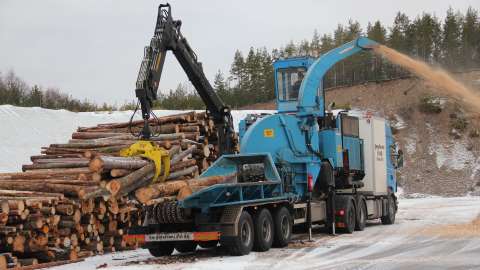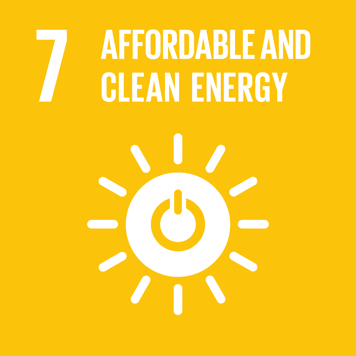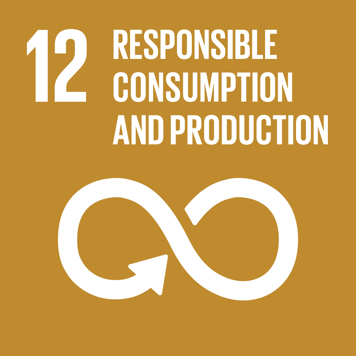Productivity and fuel consumption for mobile comminution equipment when chipping forest biomass

In 2017, 22% of the woody biomass harvested in EU28 was used for energy production, and low-value forest biomass is seen as a key resource in mitigating climate change. The use of logging residues and small trees from thinning is still far from its maximum sustainable potential due to low supply chain profitability. The cost structure for the biomass supply of these assortments is dominated by costs of comminution and road transports, which are dependent on each other, and operational analyses to find efficient supply systems are of the utmost importance. A prerequisite for these analyses is reliable data on the performance of comminution equipment (chippers and grinders) and the trucks used.
Our aim was to provide functions for estimating productivity, fuel consumption and energy efficiency for comminution equipment, based on equipment type, feedstock and the type of chips produced.
The results show general differences between the machine types, given the same engine size. Disc chippers are more productive and more fuel and energy efficient compared to drum chippers and hammermills when chipping stemwood, but lose efficiency and produce low-quality chips when chipping logging residues or small trees. Drum chippers are more versatile and produce acceptable chips from all uncontaminated feedstocks, but fuel consumption is slightly higher. Hammermills can handle all feedstocks, including stumps, but fuel consumption is high. A comparison of drum chippers and hammermills indicates a difference in the effect of engine power on the two machine types, which is logical.
We will review and publish your comment as soon as possible.






